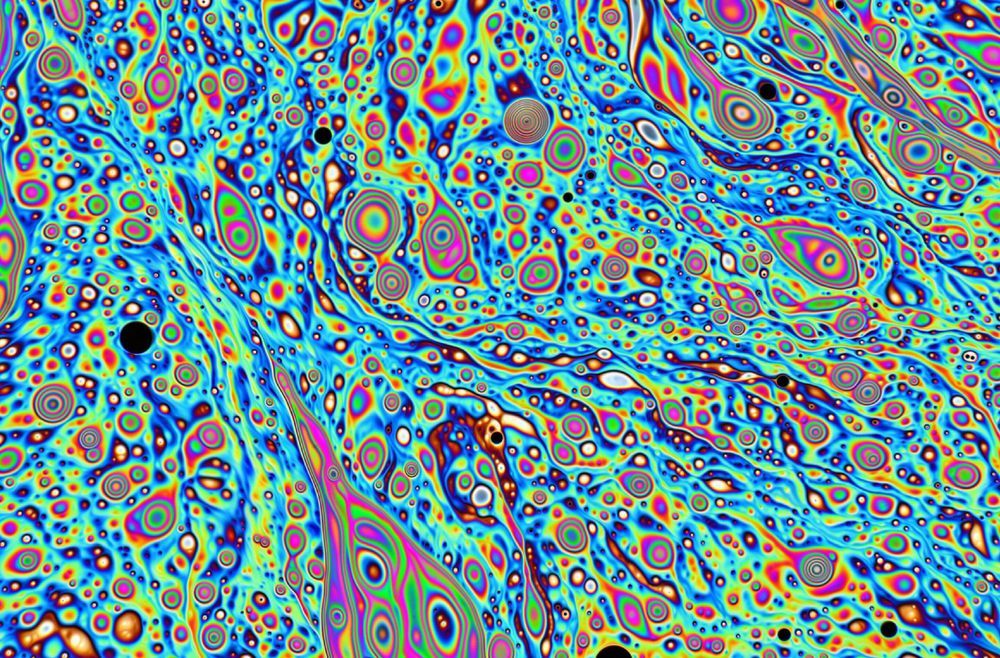A team of researchers from the Technion – Israel Institute of Technology has observed branched flow of light for the very first time. The findings are published in Nature and are featured on the cover of the July 2, 2020 issue.
The study was carried out by Ph.D. student Anatoly (Tolik) Patsyk, in collaboration with Miguel A. Bandres, who was a postdoctoral fellow at Technion when the project started and is now an Assistant Professor at CREOL, College of Optics and Photonics, University of Central Florida. The research was led by Technion President Professor Uri Sivan and Distinguished Professor Mordechai (Moti) Segev of the Technion’s Physics and Electrical Engineering Faculties, the Solid State Institute, and the Russell Berrie Nanotechnology Institute.
When waves travel through landscapes that contain disturbances, they naturally scatter, often in all directions. Scattering of light is a natural phenomenon, found in many places in nature. For example, scattering of light is the reason for the blue color of the sky. As it turns out, when the length over which disturbances vary is much larger than the wavelength, the wave scatters in an unusual fashion: it forms channels (branches) of enhanced intensity that continue to divide, or branch out, as the wave propagates. This phenomenon is known as branched flow. It was first observed in 2001 with electrons, and had been suggested to be ubiquitous and occur also for all waves in nature, for example sound waves and even ocean waves. Now, Technion researchers are bringing branched flow to the domain of light: they have made an experimental observation of branched flow of light.









Comments are closed.